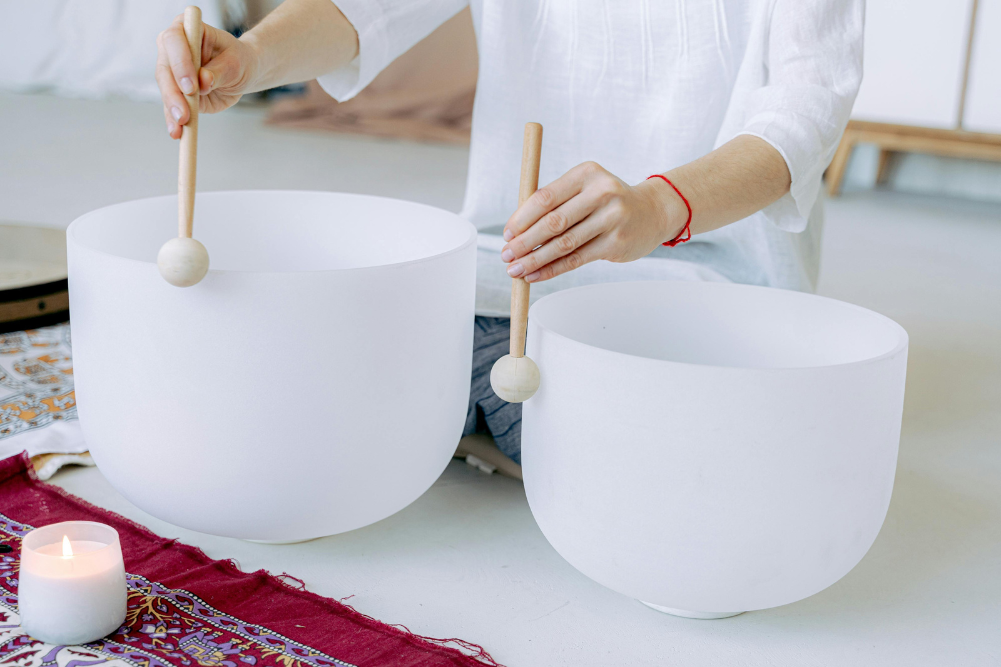Good vibrations
With visions of the lycra clad enthusiasts who have just hauled themselves across the Alps in the Tour de France still fresh in our minds and the inspiration of sausage-thighed exponents whizzing around the Olympic velodrome still to come it is small wonder that many of us are contemplating taking up the thrills of biking. It does not have to involve wearing clothing that makes you look like an enlarged, eager, and heavily sponsored sperm. It might just be gentle pedals down country lanes toward peaceful pastures that take your fancy. Whatever form of cycling you take up however, a new study has found that there is some information that you should be aware of; especially if you are a woman.
For the study researchers from Yale University School of Medicine evaluated how a bicycle was set up to see how it might affect female riders. They measured pressure generated from the seat, correlated that with handlebar height, and measured pressure and sensation in the genital region.
The results showed placing the handlebar lower than the seat is associated with increased pressure on the genitals that if repeated regularly would damage nerves in the area and reduce the ability to detect vibration. The researchers say that this could potentially lead to sexual dysfunction.
Of course, healthy sexual function is the result and accumulation of a variety of factors. This study is not an excuse for lazy men to say, “Well, if you’d just raise your handlebars a bit, then maybe…†nor is it to say that simply changing your handlebars to a higher position so that you sit more upright will revolutionise your sex life. What it does do is suggest something to be aware of if you want to be an easy rider and it certainly throws a whole new light on mountain biking.















